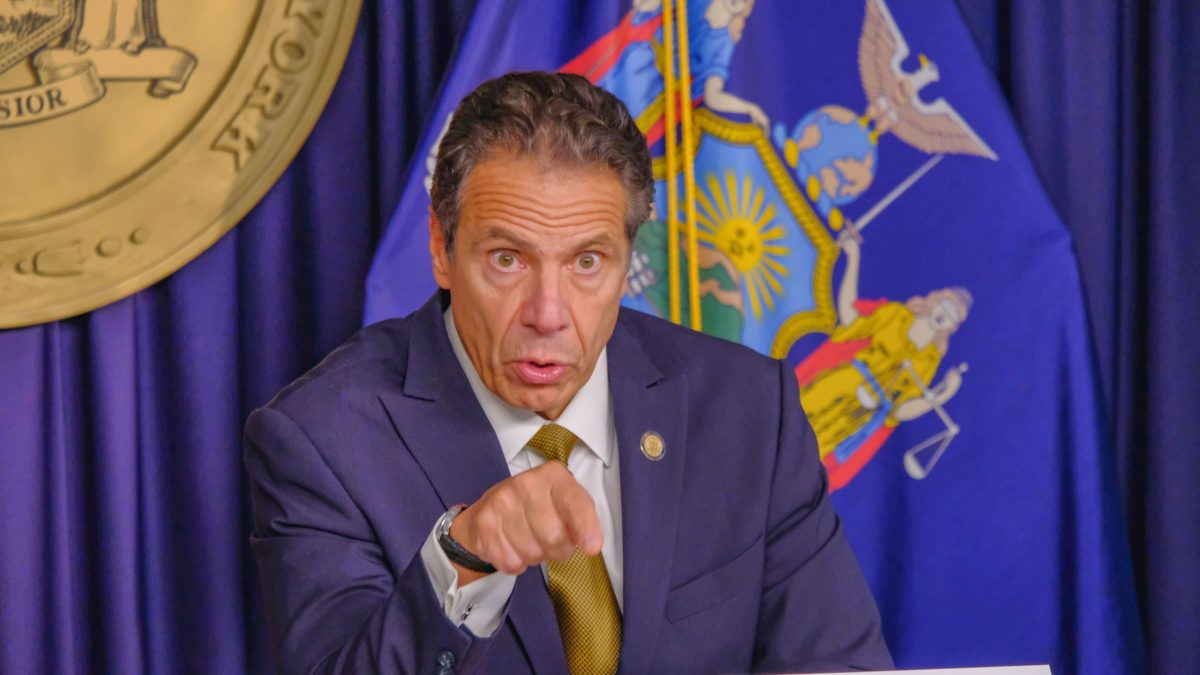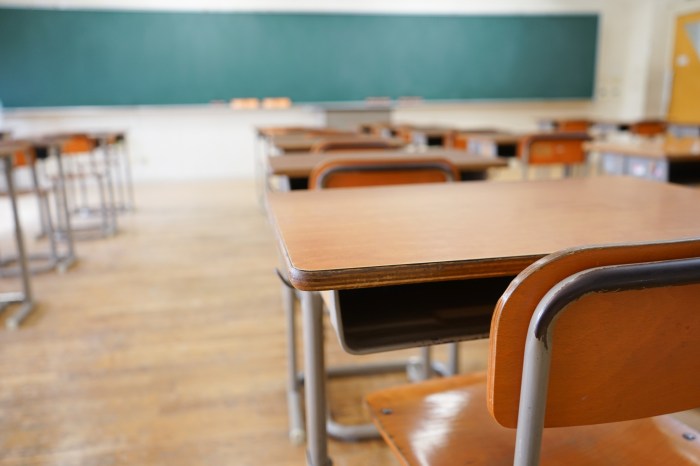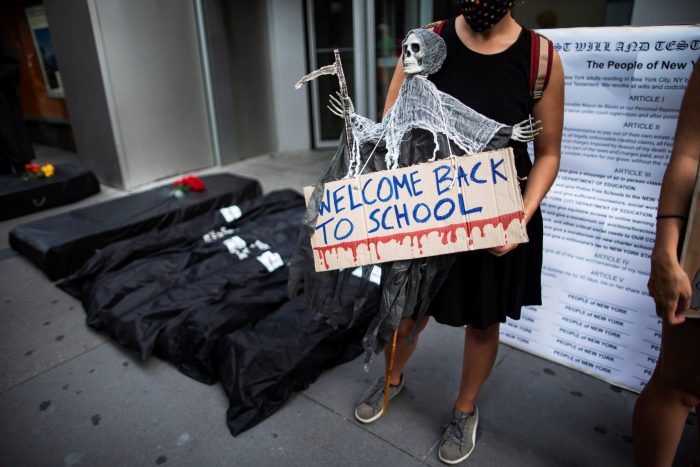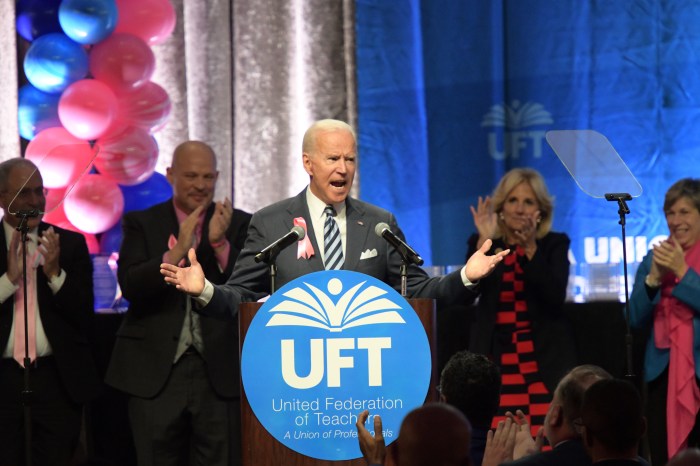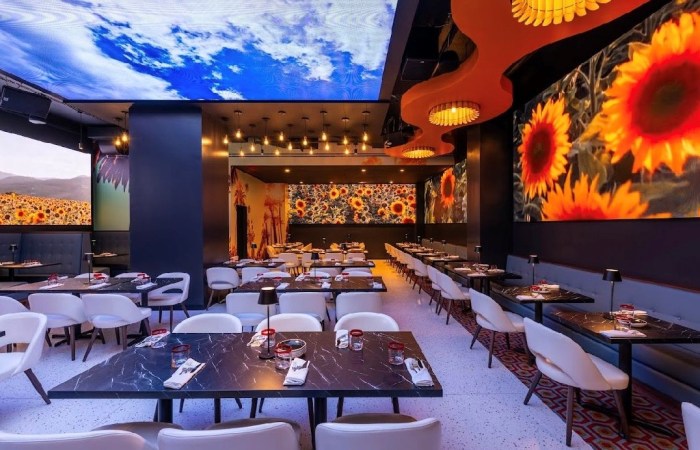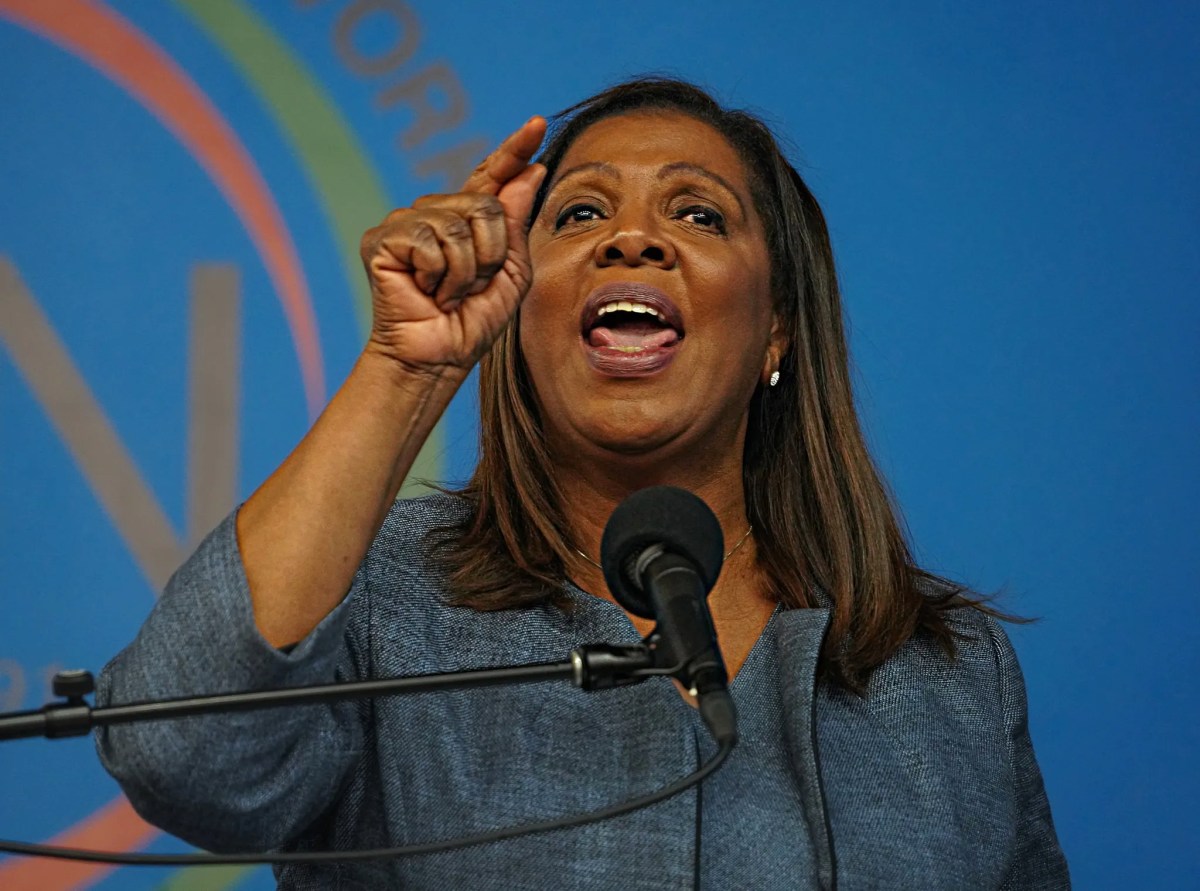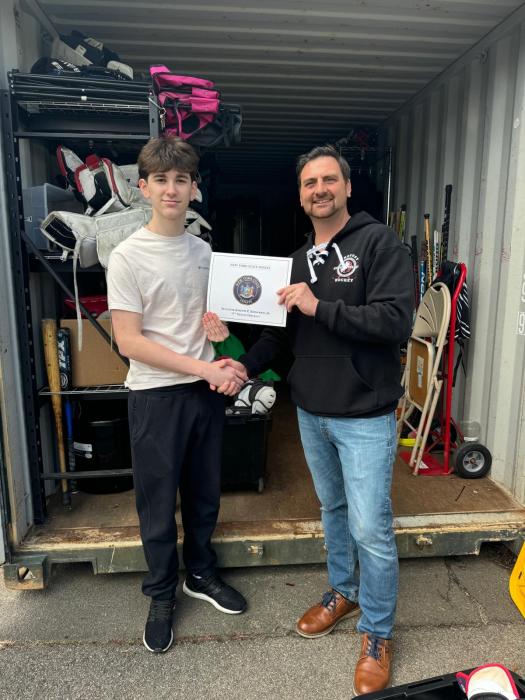The state will be establishing multi-ring zones around clusters where COVID-19 is seeing significant spikes throughout the city, one of which is consuming most of south Brooklyn and two smaller sections in Queens.
In these hotspots, Governor Andrew Cuomo has special restrictions that will apply to the central infection zone as well as a surrounding buffer zone where indoor dining will be banned and so will meetings at houses worship which will be limited to gatherings equalling 25% capacity or ten people maximum as well as testing in schools.
These rules could go into effect anywhere between Wednesday and Friday, according to the governor in a Tuesday press conference. But the boundaries of these lines weren’t made completely clear during the event, but shortly thereafter, Cuomo released a series of cluster maps on his Twitter account.
“Cluster the area around the cluster and as a precautionary measure, the area around that. That’s how you attack a cluster,” Cuomo said. “It’s not by zip code, census tracts, it’s not by any political metric, it’s only by the number of cases.”
The notion of using census tracts or ZIP codes was proposed by Mayor Bill de Blasio.
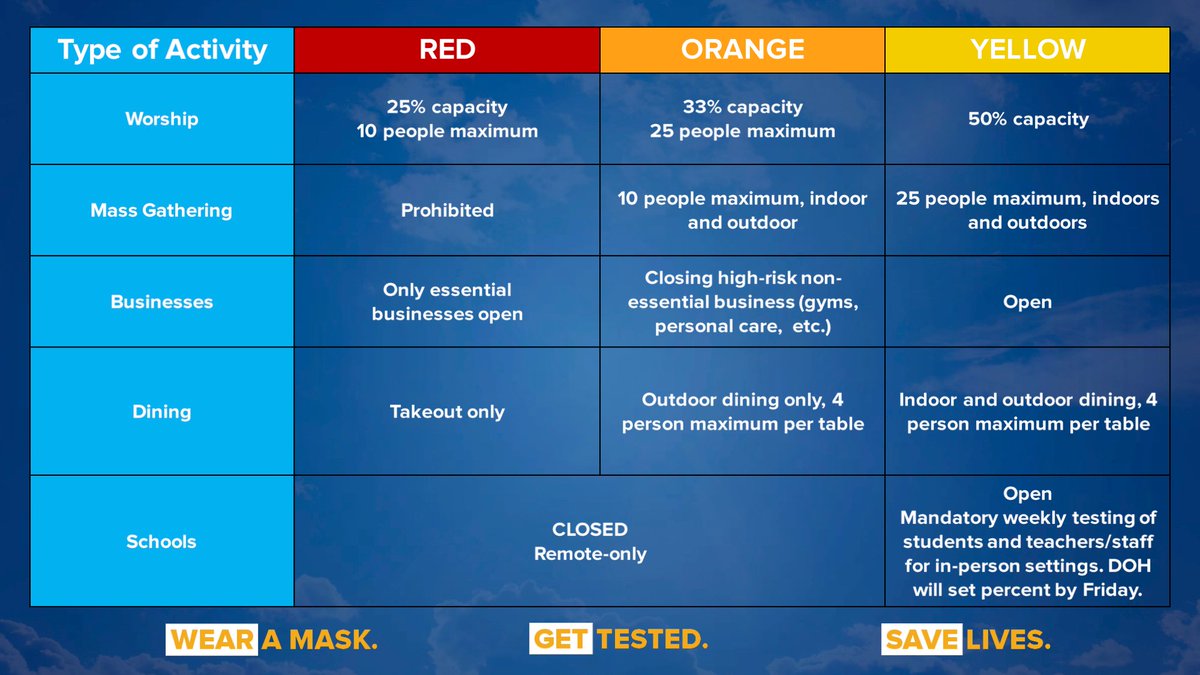
In the red section of hotspots, mass gatherings will be strictly prohibited, restaurants will be limited to takeout only, non-essential businesses will close and schools will be remote only. The areas defined by orange will allow houses of worship operate at 33% capacity and a maximum of 25 people, mass gatherings will be limited to ten people, high-risk non-essential businesses will close, restaurants will only serve four at a time outdoors and schools will be closed.
The yellow section of infection zones will see the least amount of restrictions with only 50% capacity in houses of worship and 25 people maximum for mass gatherings while all other businesses will be allowed to operate as if they are outside the hotspot.
Testing in schools that are open will take place up to once per week, the governor announced.
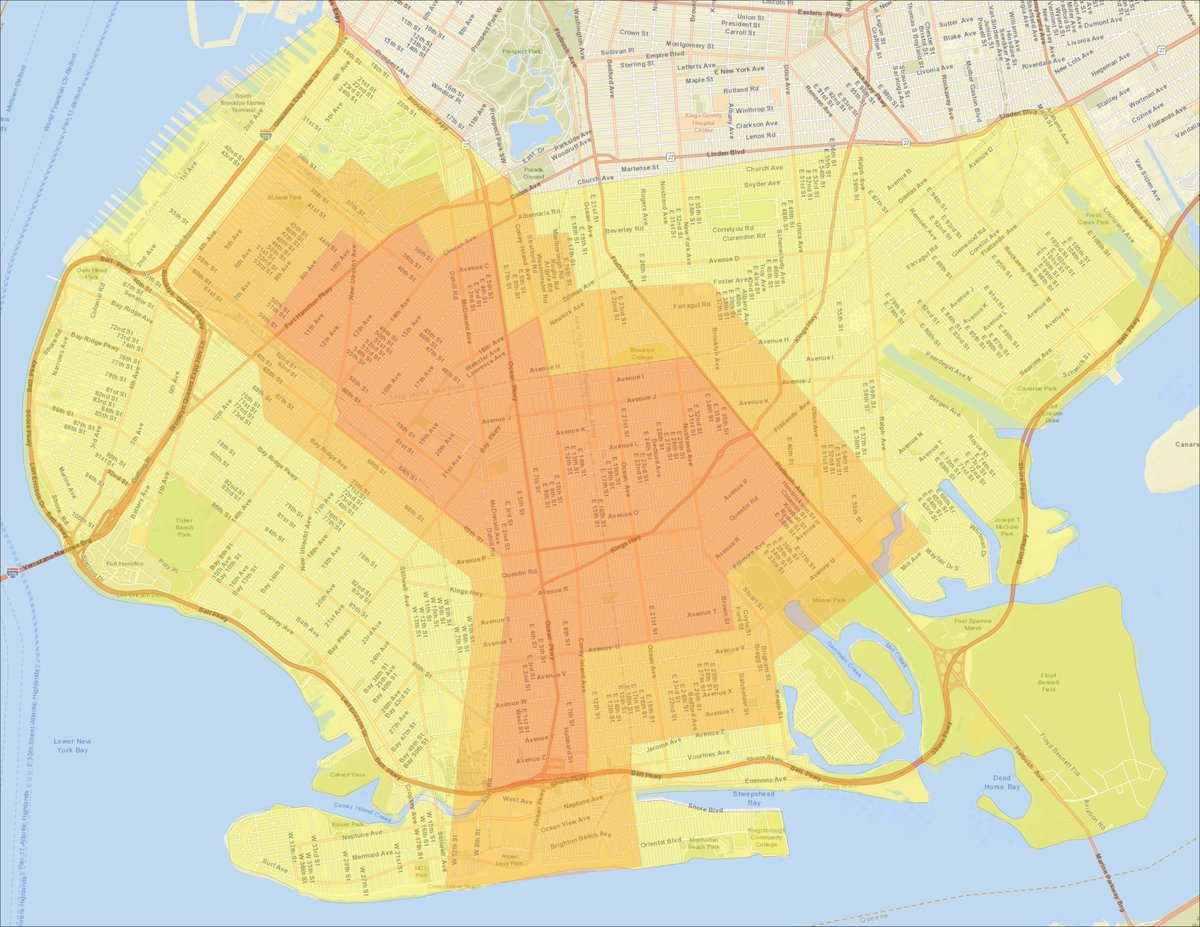
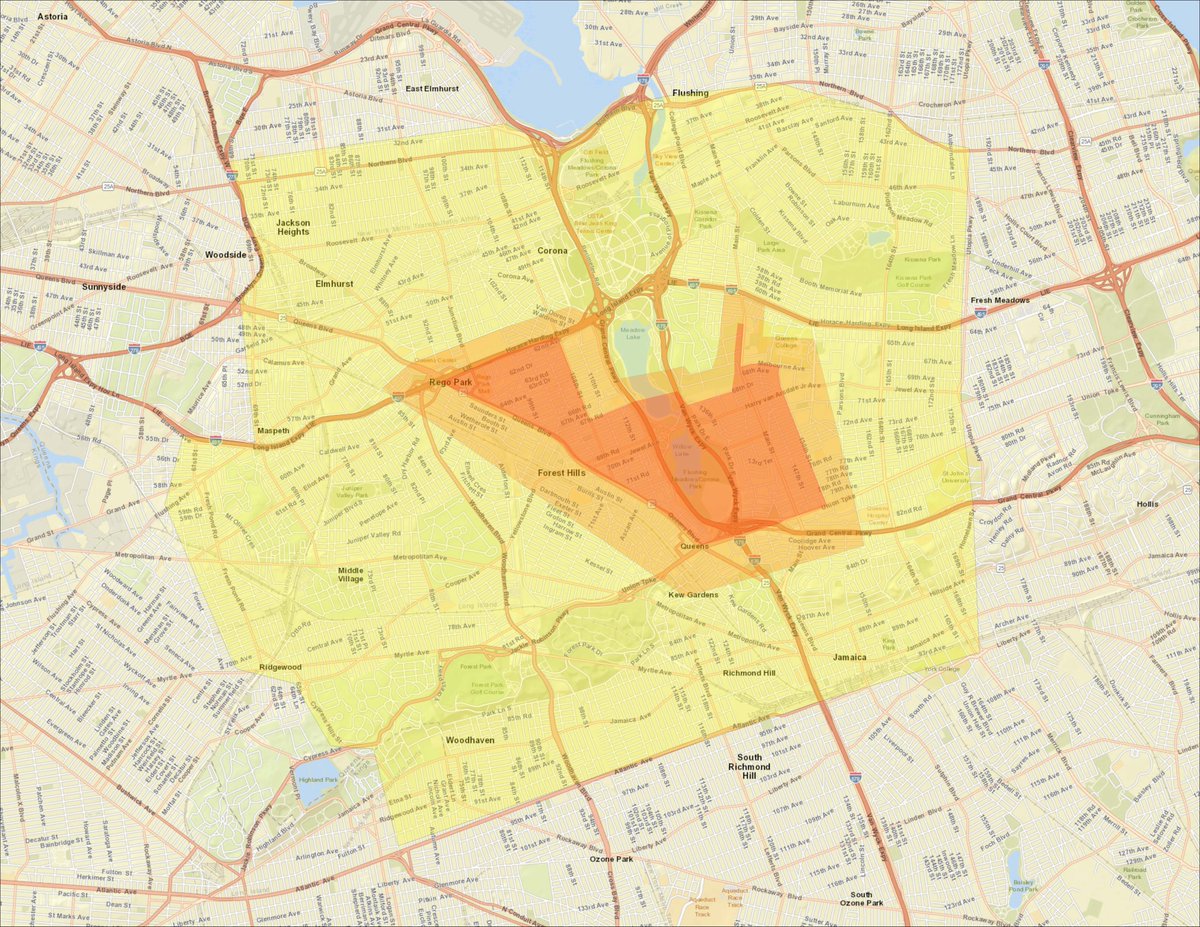
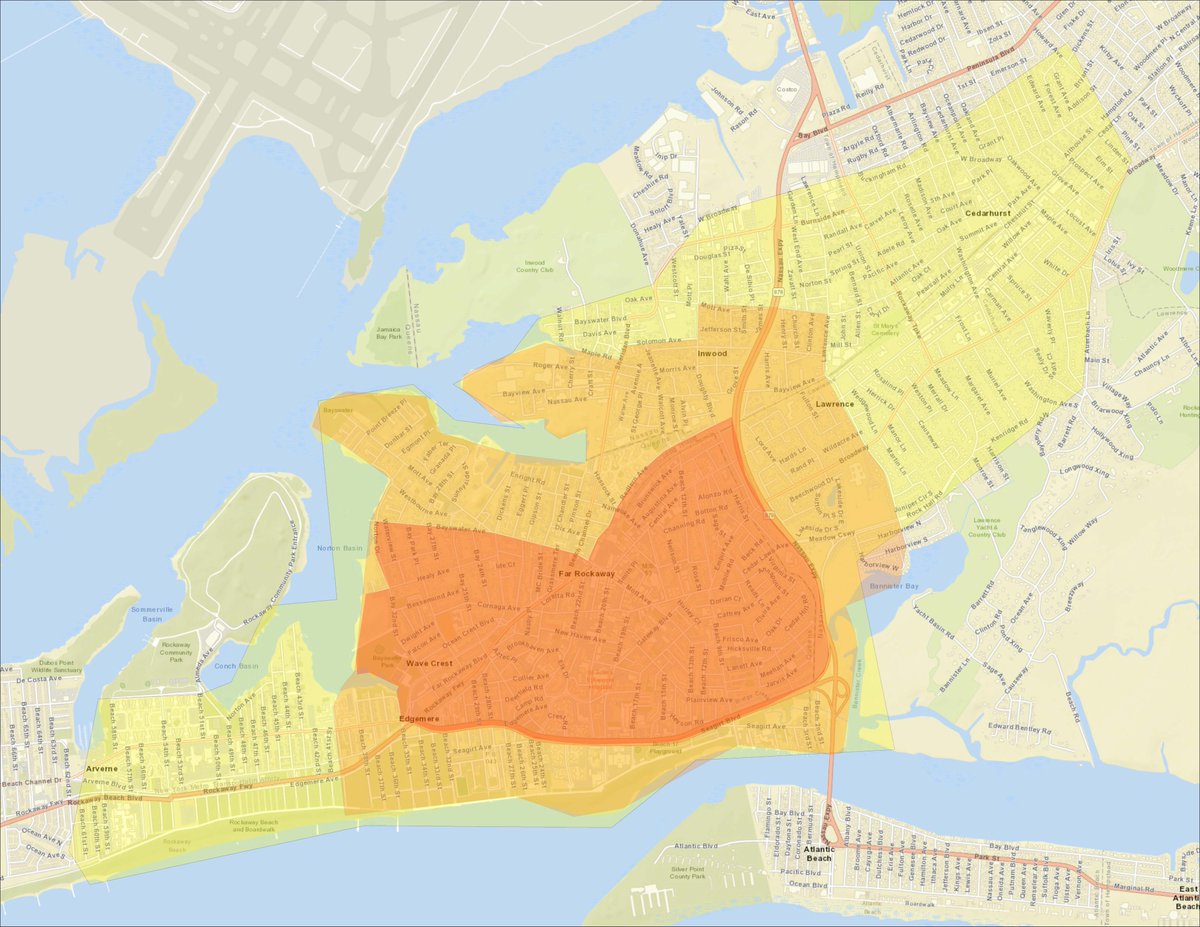
“Testing is one of the keys to halting the spread of the virus, and the Governor’s plan for additional testing for schools will help us keep our students, educators and school communities safe,” Michael Mulgrew, president of the United Federation of Teachers, said.
This will be known as the Cluster Action Initiative going forward.
According to Cuomo, the focus has been on mass gatherings in houses of worship and has spent the last several day in contact with the orthodox Jewish communities in these hotspots, looking for cooperation in these actions. Cuomo says faith leaders have offered this cooperation, but questions remain whether or not he has the legal standing to apply these restrictions on religious institutions.
A federal ruling over the summer determined that a government cannot treat houses of worship differently than businesses. Cuomo, however, simply said “Yes… Because it’s legal and constitutional.”
“Unless it’s enforced, you’ll still have hundreds of people [attending houses of worship]. It’s all about the enforcement,” Cuomo said.
The state revealed a preliminary plan yesterday to commandeer city personnel, such as NYPD, through a special task force that will give the Cuomo administration the resources they need to maintain enforcement in these clusters. State police numbers are only about 5,000 while NYPD has 35,000 officers, according to Cuomo.
The hotspots in 20 zip codes across the state represent an infection rate of 5.5% which makes the statewide average 1.4%, according to the state.



